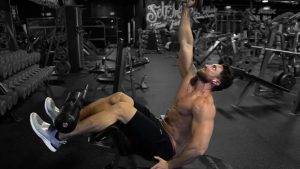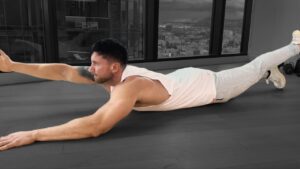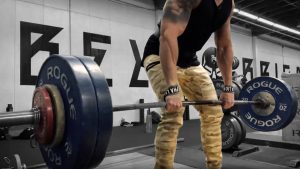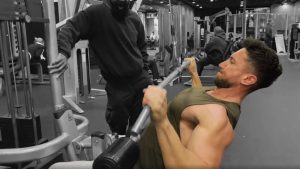When it comes to isolating your biceps while keeping the curling movement as strict as possible, you can't do better than drag curls. This is an awesome movement to target the biceps and the forearms. The benefit of doing drag curls over the standard barbell curl is that it allows you to keep the bar closer to your body. This effectively eliminates the front deltoid from the motion.
The drag curls also target the biceps brachii more than the standard curl.
Drag Curl Execution
- 1Grab the barbell with a shoulder-width apart, underhand grip
- 2Stand up straight and place feet in a balanced way
- 3Look up and avoid slouching your shoulders
- 4Place the elbows behind the body
- 5Keep the bar close to your body
- 6Curl up, contracting the biceps up top
- 7After briefly holding the peak flexion, return down slowly on the eccentric phase
Tips to Get More Out of Drag Curls
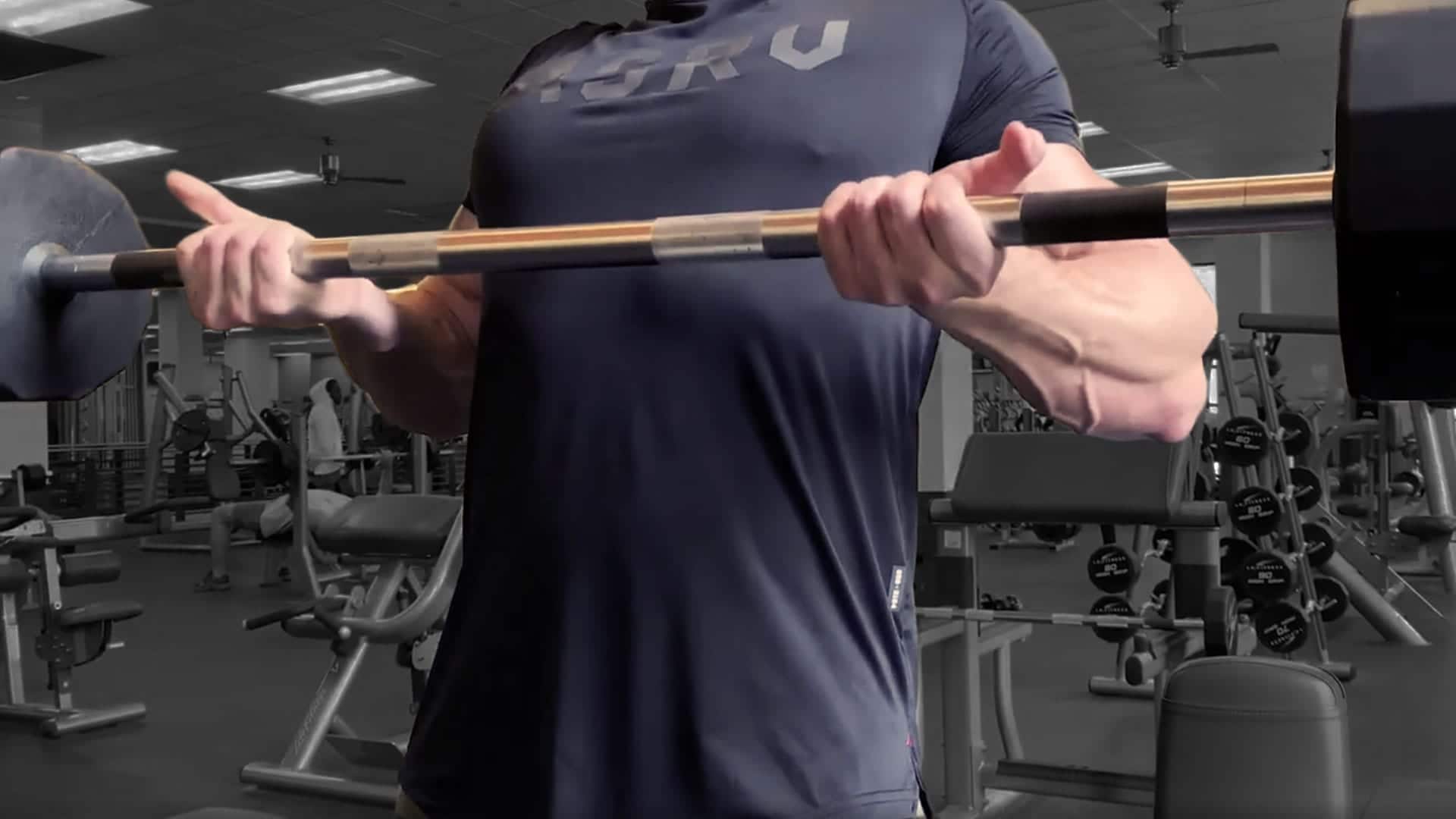
Drag Curl Benefits
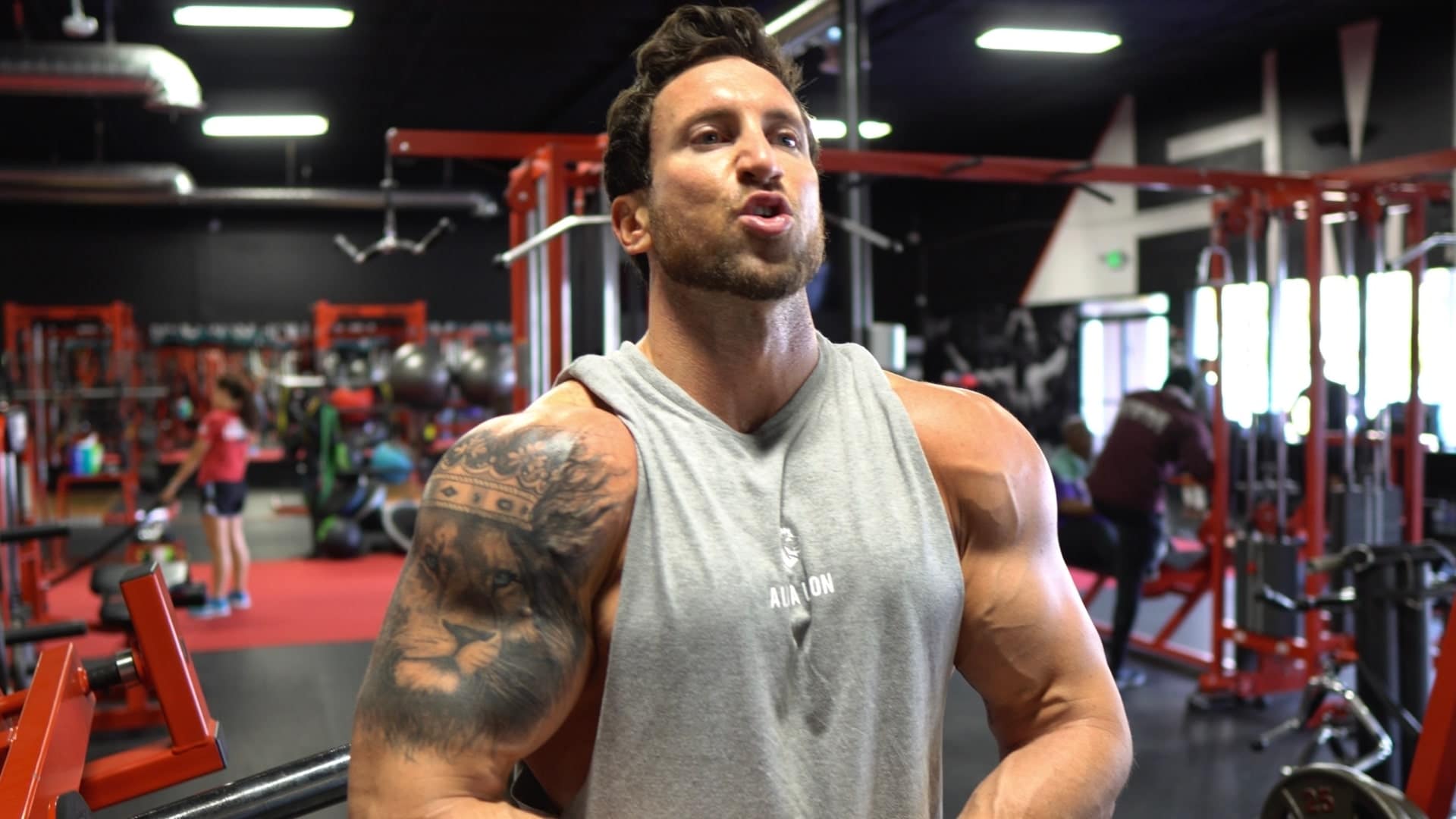
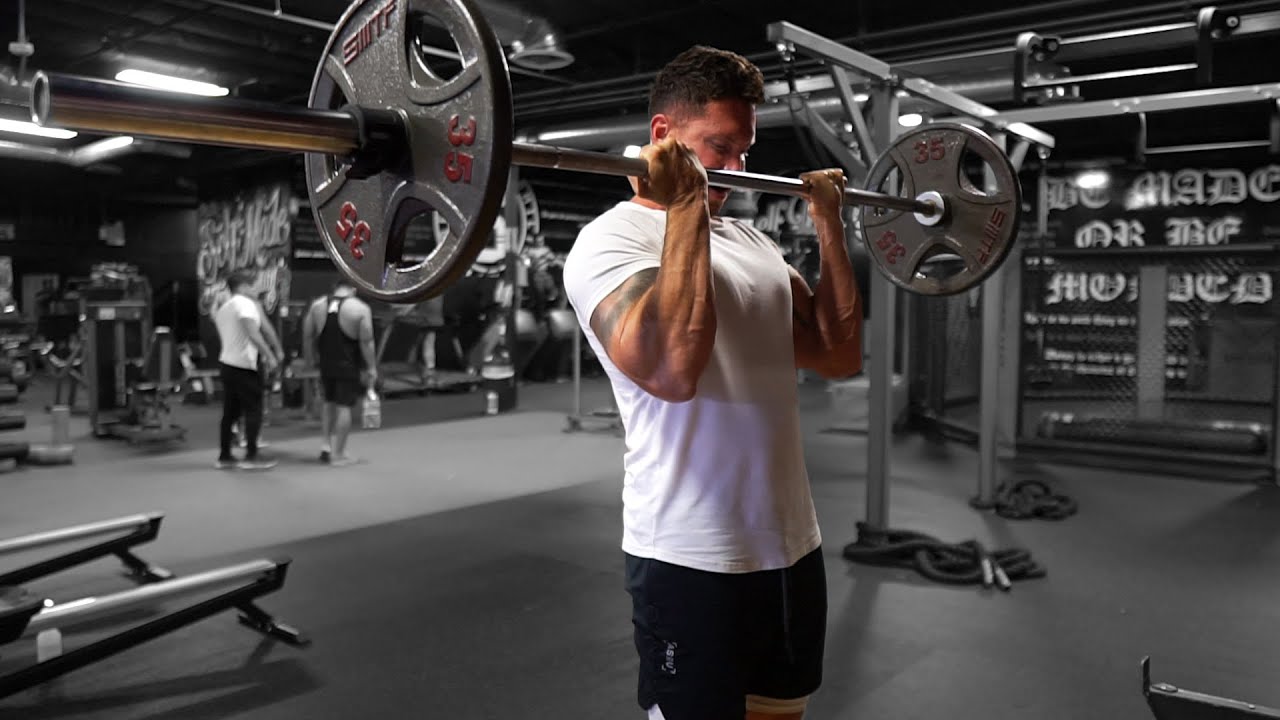
Common Drag Curl Mistakes
Allowing the Elbows to Come Forward
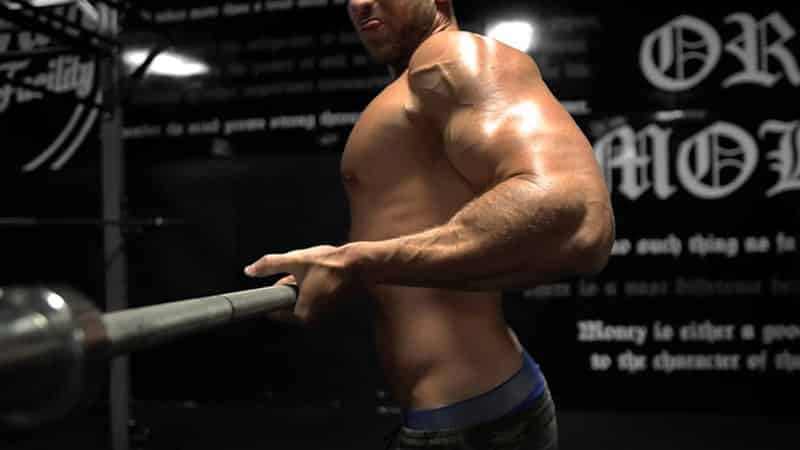
The whole point of this exercise is to keep the elbows back. Yet, a lot of people allow the elbows to come forward as they drag the weight up their body. That is wrong. As you perform the drag curl motion, you should bring your elbows up and back. Doing this will keep the tension on the biceps muscle and off the triceps and deltoids.
Swinging the Body
Even though the drag curl movement does a good job of cutting momentum out of the curling motion, people still find a way to cheat by swinging the weight up and down. The main reason why people cheat by using momentum is that they are using a weight that is too heavy. If this is the case for you, take some poundage off the bar and focus more on the stimulation of the target muscle group than the weight that you are lifting.
Going Too Fast
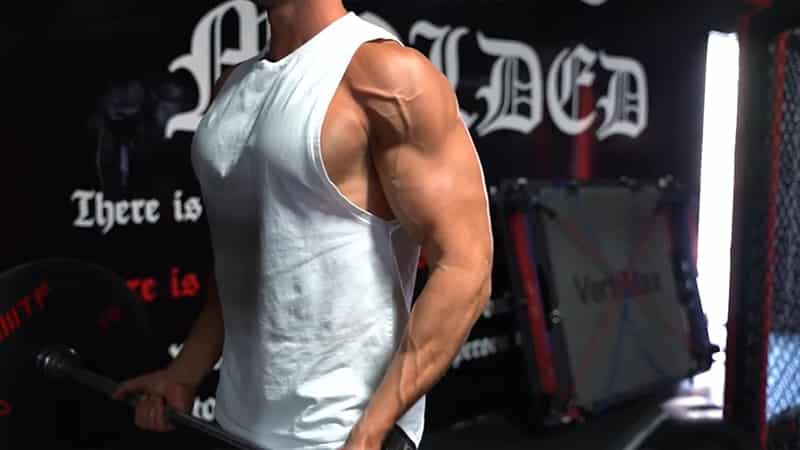
Most people perform their exercises too fast and the drag curl is no exception. The ideal length of a set for maximum hypertrophy is around 45 seconds. That provides the ideal time under tension for muscle growth. The majority of people do not go slowly enough on the negative or lowering part of the rep. Correct this problem by consciously slowing down on the negative portion of the rep. I recommend a cadence of 2-1-3. That means two minutes on the way up (concentric), one second on the contraction at the top of the movement and three seconds on the descent (eccentric).
Drag Curl Variations
Dumbbell Drag Curls
Dumbbell drag curls allow you to train each bicep unilaterally. It also further takes the deltoids out of the movement. However, this is a more difficult exercise to perform as you need to focus on keeping each elbow back on every rep. It also adds in some trapezius activation.
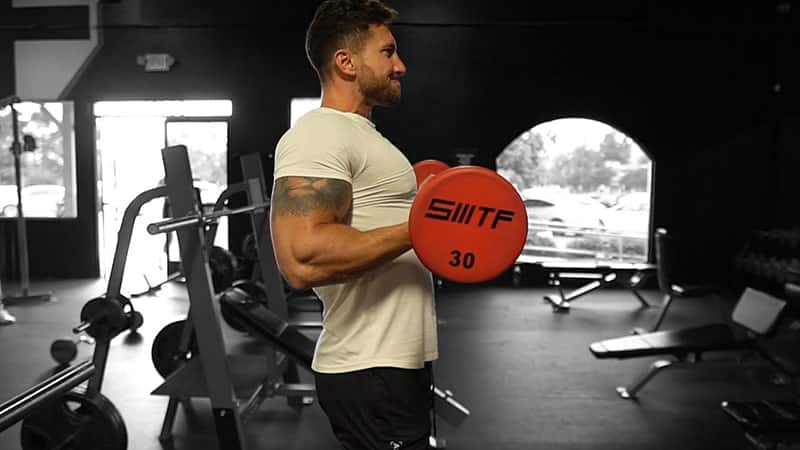
Begin by holding the dumbbells hammer style with your palms facing in toward your thighs. Now simultaneously pull the elbows back as you curl the biceps up. The top of the movement should be at mid-chest level. Keep the elbows back tight and maintain the hammer grip throughout the entire exercise. Breathe out on the way up and in on the way down. Just like with the barbell version, be sure to drag the weight up your torso.
Drag Curl Hold
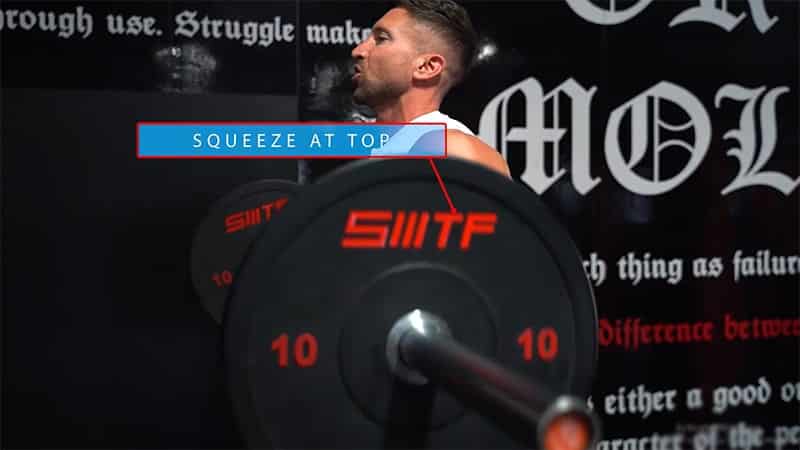
The drag curl hold is an alternative way to enhance your time under tension on this exercise. To perform the drag curl hold, you simply adjust your exercise cadence from 2-1-3 to 2-3-3. In other words, you take two seconds to raise the bar, three seconds to hold the peak contraction, and another 3 seconds to lower the weight. During the peak contraction, be sure to squeeze the life out of your biceps.
Unilateral Kettlebell Drag
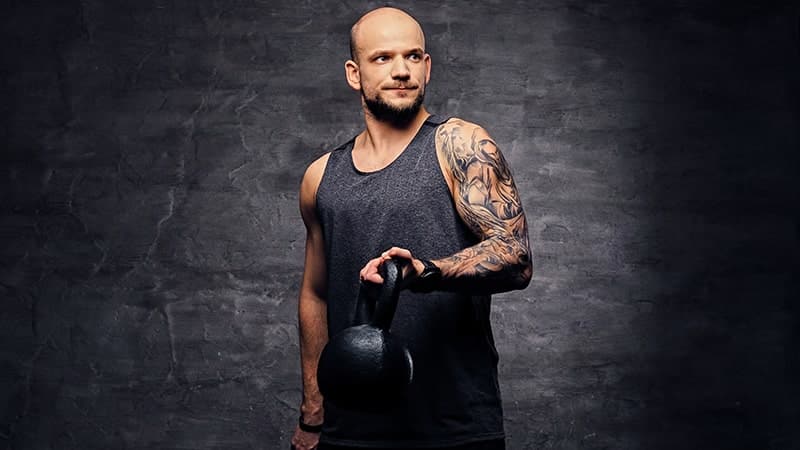
Performing the drag curl unilaterally allows you to focus on each bicep muscle separately. Doing unilateral training allows you to overcome strength imbalances that see one side dominating during a two-arm movement. Using a kettlebell will make it easier to keep your elbow back due to the more natural hammer grip you are able to assume.
Drag Curl Alternatives
Two Arm Cable Curl
The two arm cable curl is an excellent alternative to the drag curl because it allows you to stand in front of the resistance. This will ensure that your elbows remain behind your body as you do the curling movement. As a result, you will eliminate front deltoid involvement just the same as when you do the drag curl.
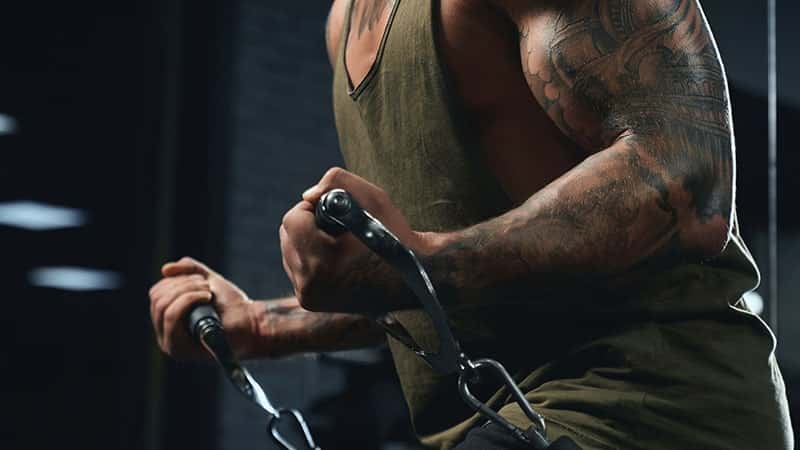
To perform the alternate cable curl stand in front of a double cable pulley machine that has the weight stacks set at shoulder-width distance apart. Put the pulleys on the lowest setting. Grab the handles and stand about three feet in front of it, facing away from it. In the starting position, have your palms facing forward, elbows at your sides, and arms fully extended. Your arms should be slightly angled back.
Now curl up to your shoulder level. Strongly contract the biceps in the top position of the movement. Lower the cable 90 percent of the range of motion. Not going all the way down will ensure that the tension remains on the biceps throughout the entire set.
I prefer to do cable curls in an alternate arm fashion. This allows you to focus on each bicep individually.
Preacher Cable Curl
Preacher curls is another exercise that ensures that you are performing the movement strictly in order to fully load the biceps. However, the way that most people do this is exercise is problematic. In the bottom position of the preacher curl, the tension is on the bicep insertion point with the elbow due to mechanical disadvantage. This puts you at a huge risk of tearing your bicep.
The way to overcome this problem is to perform the preacher curl on a cable machine. Doing so changes the line of resistance from straight down (gravity) as it is on the barbell version to perpendicular with the forearms (which are the operating lever of the movement) when you do the cable version. This makes the preacher cable curl a whole lot safer than the barbell version.
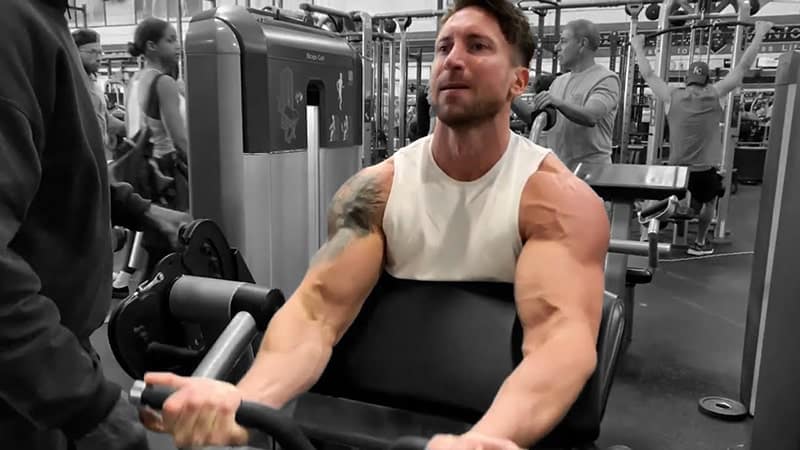
To perform the preacher cable curl, position a preacher bench in front of a cable pulley machine. Set the pulley to its lowest position and select your starting weight. Set the seat height so that your armpits naturally go over the curl pad when you are sitting on it. Put a short straight handle on the bar and grab hold of it with both hands. Now position yourself on the seat.
The bottom position starting position should see your arms extended but not fully straightened. You should eliminate the final 10 percent of the range of motion to keep the tension on the biceps throughout the entire set. Now curl the handle up to the top of the pad. Hold the contracted position for 2 seconds before lowering slowly.
Wrap Up
Drag curls are an excellent version of the curl to have in your arm training arsenal. I recommend pulling it out every 3rd or 4th workout, making use of all the variations and alternatives suggested here, to add variety to your workout while forcing your biceps to work more strictly with less resistance.

